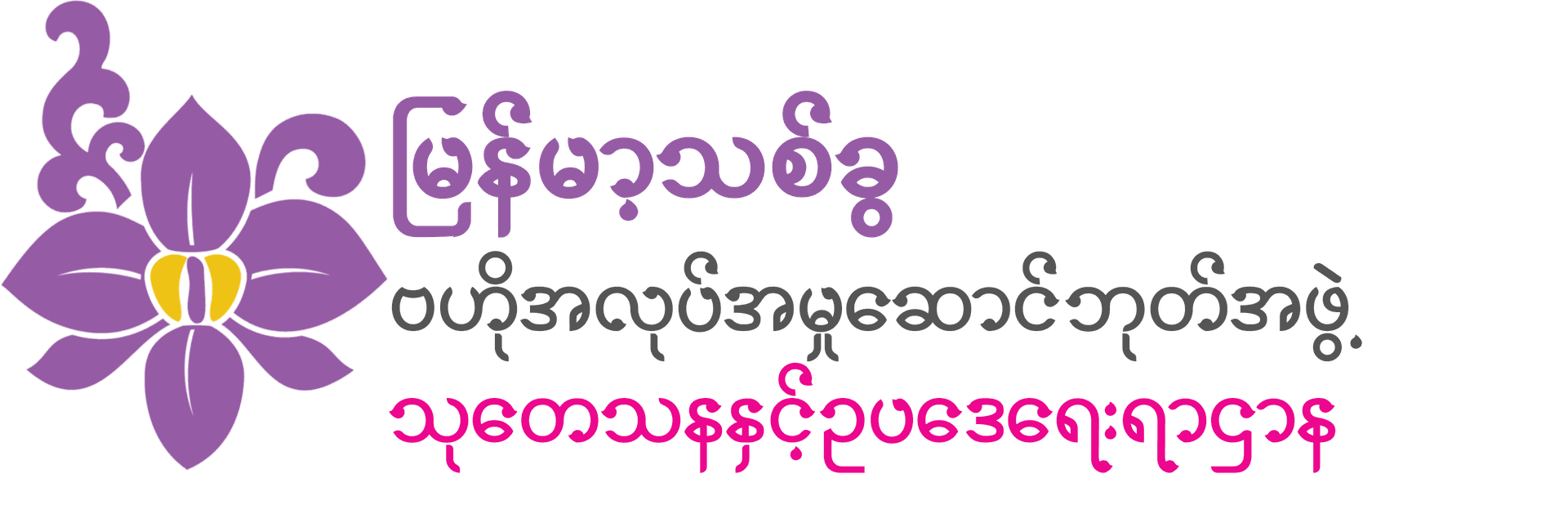
Rules to use Pronouns in Burmese Orchid
Using gender-neutral pronouns ensures inclusivity and respect for people of all gender identities, according to our DEI Policy. Here are some key rules and guidelines:
1. Use Singular "They"
- Instead of using "he" or "she," use "they" when referring to a person whose gender is unknown or when they prefer gender-neutral pronouns.
- Example:
- ❌ "If a student finishes his work early, he can leave."
- ✅ "If a student finishes their work early, they can leave."
2. Respect Preferred Pronouns
- Always use the pronouns a person identifies with (e.g., they/them, ze/zir, ey/em).
- Example: "Alex said they would join us later."
3. Use Gender-Neutral Titles and Phrases
- Instead of "ladies and gentlemen," use "everyone" or "folks."
- Replace "fireman" with "firefighter" or "chairman" with "chairperson" or simply "chair."
4. Reword Sentences to Avoid Gendered Pronouns
- Instead of using pronouns, rewrite the sentence with plural subjects.
- Example:
- ❌ "Each student should bring his or her book."
- ✅ "All students should bring their books."
5. Use "One" or "The Person" in Formal Writing
- Example: "One should always do one’s best" or "The applicant should submit their resume."
6. Be Mindful of Nonbinary and Neopronouns
- Some people use pronouns like "ze/zir" or "ey/em." If unsure, politely ask for their preference.
- Example: "Ze enjoys reading, and zir favorite book is on the shelf."


 My Tasks
My Tasks
